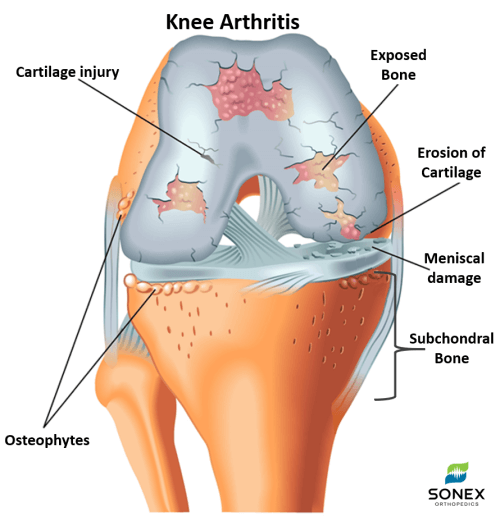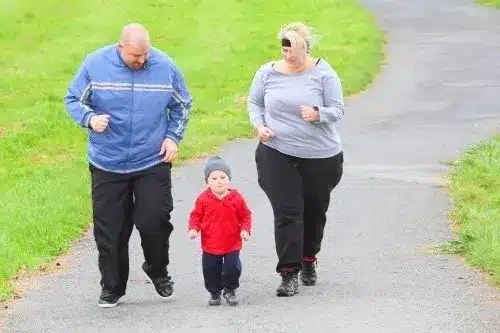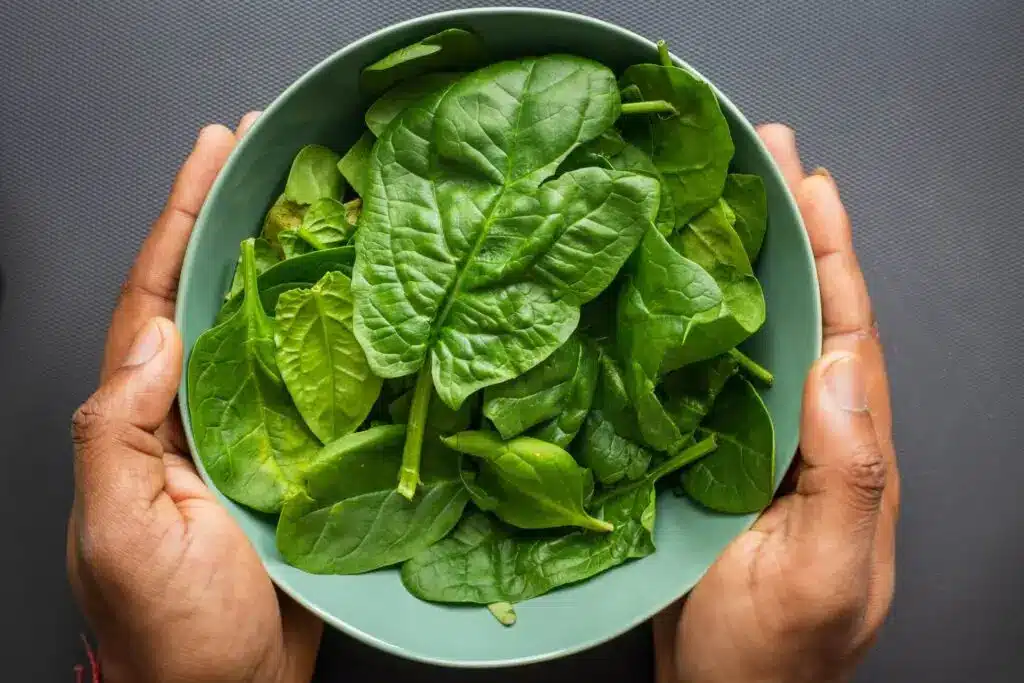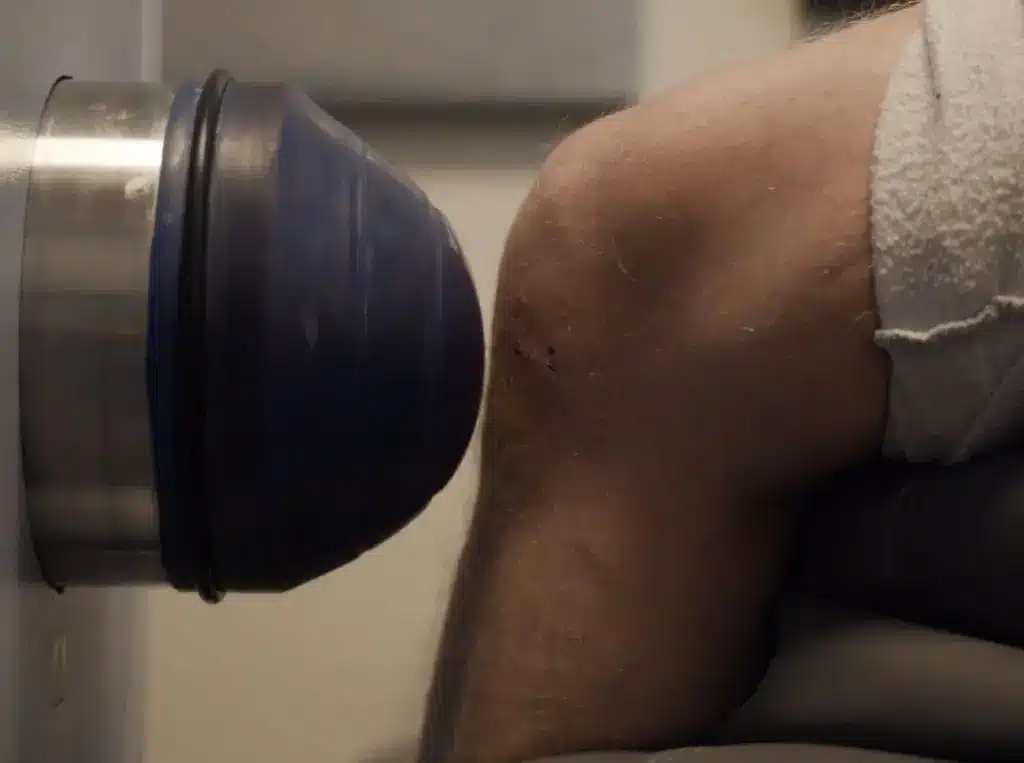Based In Science, Elevated by Service
Based In Science, Elevated by Service By Vessel Crew Vessel’s passion for improving the lives of others is anchored in an enthusiasm for science and its basis in wellness. Since our founding,…

By Vessel Crew

Osteoarthritis is a total joint injury where the cartilage in your joint wears away, causing pain and inflammation. The bone under the cartilage, the subchondral bone, is also damaged causing boney growths called osteophytes.

While osteoarthritis can affect any joint, it is most common in the hands, hips, knees, back and neck. Osteoarthritis affects more than 27 million Americans and is more common as we age. While osteoarthritis is widespread and often associated with aging, there are several things you can do to help prevent osteoarthritis and delay its progression.
An old saying goes, “an ounce of prevention is worth a pound of cure.” This saying is very fitting for osteoarthritis because although it is a prevalent condition with no cure, there are many things you can do to help prevent it. Research has shown that the following recommendations will help you avoid or delay osteoarthritis.

Physical activity and daily exercise are some of the best ways to prevent osteoarthritis. By being active for as little as 30 minutes per day, five days per week, you will be able to keep your muscles healthy and your joints flexible. Keeping your muscles strong helps take some of the stress off your joints and makes a difference.
Exercise also strengthens the heart and lungs, lowers diabetes risk, and is a critical factor in weight control. Exercise options range from working out at a gym to walks around your neighborhood. Some of the best exercises are swimming and biking because they put very little stress on your joints. If an activity causes your joints to ache, rest, so your joints heal and try to find another activity.

Healthy body weight is critical to reducing stress on your joints and is one way how to prevent osteoarthritis. Your joints are your body’s natural shock absorbers, and less weight means less stress they must absorb during every activity.
With your knees, every 1 pound of weight added means your knees must absorb an additional 2-4 pounds of pressure.
Research has shown that being overweight (having a BMI of 25 or more) increases osteoarthritis chances. The additional weight puts additional stress on joints.
Overweight women have a 4x higher probability of developing osteoarthritis, and it is 5x higher for overweight men. That is significant. On the flip side, maintaining a healthy body weight reduces your chances of developing osteoarthritis dramatically.
In one study, researchers found that women that lost 11 pounds (or about 2 BMI points) decreased their osteoarthritis risk by more than 50%. Extra weight not only puts added stress on your joints, but the associated fat tissue produces cytokine proteins that cause inflammation throughout your body.
In your joints, cytokines can even destroy tissue by altering the function of cartilage cells. Maintaining a healthy body weight is essential to reduce joint stress and inflammation. Daily exercise, a healthy diet, and a good blood sugar range help maintain a healthy body weight.

Maintaining a good blood sugar range is another way to prevent osteoarthritis. High blood sugar levels trigger inflammation and create molecules that stiffen your joints.
Suppose you have diabetes or have an elevated blood sugar level. In that case, it is vital to get your blood sugar levels checked regularly and to talk with your doctor about blood sugar management.
Eating a healthy diet is a great way to manage blood sugar.

Certain foods and nutrients are helpful in osteoarthritis prevention. You may have heard how Omega-3 fatty acids, also known as healthy fats, can help reduce joint inflammation. Fish, walnut, canola, soybean, flaxseed, and olive oil are great ways to add Omega-3s to your diet. Studies show that Vitamin D decreases osteoarthritis pain. A great way to add more Vitamin D to your diet is to include fish such as salmon, mackerel, tuna, and sardines. Other tips for preventing osteoarthritis include not smoking and staying well hydrated.

Another critical way to prevent osteoarthritis is to prevent musculoskeletal injuries. You may be asking, “How do I prevent an injury that has not yet occurred?” That is a good question, and the answer is surprisingly simple. To start with, be careful with your daily activities. Whether you are exercising or just working in your yard, it is essential to warm up your muscles, ligaments, and tendons with simple stretches. Also, try to use different parts of your body at times so that repetitive motions do not continually stress a joint. Regardless of your activity, there are several things that research has found that it is important to do. These include:
These tips are essential not only for adults but are also crucial for children. A knee osteoarthritis study found that young people who suffered a knee injury were 3x more likely to develop arthritis, and adults were 5x more likely. Avoiding a joint injury makes a significant impact in preventing osteoarthritis.
While there is no cure for osteoarthritis, there are treatments that help manage the symptoms. Conservative treatments range from medications and physical therapy to injections that can help decrease pain. If these do not provide relief, your doctor may recommend a joint replacement. There is also a non-invasive option for mild to severe osteoarthritis, High-energy Shockwave Therapy.
For many people with osteoarthritis, conservative treatments and resting the joint provides some relief typically. Nonsteroidal anti-inflammatory drugs (NSAIDs) such as ibuprofen and aspirin are popular for decreasing inflammation and reducing pain. Steroid injections can also reduce inflammation and relieve pain but may weaken the joint and cause additional cartilage damage. Other treatments include physical therapy and bracing the joint. Of course, decreasing your body weight and eating a healthy diet are also recommended. When conservative remedies fail, your doctor may recommend a joint replacement when parts of the joint are removed and replaced with a plastic, ceramic, or metal prosthesis. While these surgeries are successful most of the time, there is an extensive recovery period.

High-energy shockwave Therapy (HeSWT) is a non-invasive option that provides long term relief with no injections or medications.
OsteoWave® HeSWT is an evidence-based osteoarthritis treatment proven to decrease pain and increase function.
It does this by improving the health of the subchondral bone that is essential for the adjacent cartilage’s health and by causing your body to heal the inflamed soft tissue throughout the joint.
The best defense against any disease, even osteoarthritis, is a healthy lifestyle. Even though osteoarthritis can be a normal part of aging, there are several things you can do to prevent osteoarthritis. Armed with this information, you know how to prevent osteoarthritis.
Based In Science, Elevated by Service By Vessel Crew Vessel’s passion for improving the lives of others is anchored in an enthusiasm for science and its basis in wellness. Since our founding,…
NADH, NAD+, And NAD Benefits, Side Effects, Dosage And Stacking By Vessel Crew Let’s learn a little about this co-enzyme called NAD. It can be referred to as NADH, NAD+, NAD, vitamin…
©2024 Vessel Longevity + IV Bar ATX